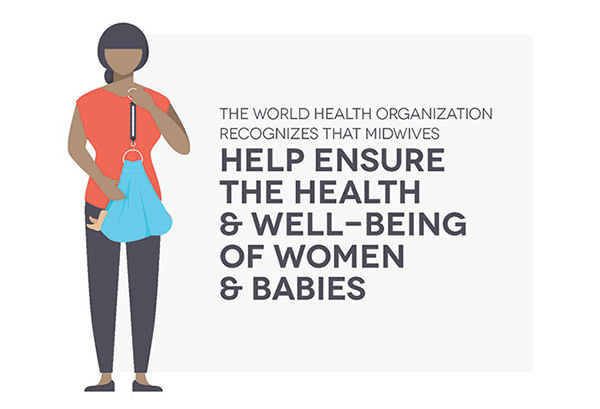Many are the texts offered to us during the festive season of the Nativity.
And the figures, or characters, that we meet in the different scenes are also many.


 Through all this, one aspect strikes me as very interesting.
Through all this, one aspect strikes me as very interesting.
It is the fact that so many of the people are…
on the move!
People are… displaced, so too speak.
Mary and Joseph must leave Nazareth to go and register themselves in Bethlehem (Luke 2:1-5).
The shepherds leave the place where they watch over their flock to find a new-born child (Luke 2:8-20).
The Magi set on a long journey to find the new king born in a distant land (Matthew 2:1-12).
As I look at them all, I wonder if Christmas is not precisely this: a celebration of… displacement!
A period, a blessed moment, when we accept to be uprooted to reach another place…
Nowadays, many have to accept a painful departure into the unknown…
Some people are forced from their homes and must start a long journey of migration…
So many people of different nations make the experience of ‘diaspora’ – being strangers into foreign lands…
For many of us the displacement, the movement, will not be geographical, but no less real.
We need to move from self-complacency to a more authentic living…
We have to abandon our old certainties to find new ways of understanding, of being…
We must leave our egoistic attitudes to pay attention to the needs of those around us…
This journey cannot be described in terms of steps, stations, or kilometers.
But it will involve leaving what is familiar and accept to be… displaced by God.
He – God-with-us – will bring us to the place he has meant for us –
the place of true happiness and deep peace which we long for…
Note: Another text is available on a different theme, in French at: https://image-i-nations.com/fete-de-la-nativite-du-seigneur-annee-a-2022-2023/
 International Midwives’ Day is celebrated on May 05, 2017. International Midwives’ Day was first celebrated May 5, 1991, and has since been observed in over 50 nations around the world. The idea of having a day to recognize and honor midwives came out of the 1987 International Confederation of Midwives conference in the Netherlands.
International Midwives’ Day is celebrated on May 05, 2017. International Midwives’ Day was first celebrated May 5, 1991, and has since been observed in over 50 nations around the world. The idea of having a day to recognize and honor midwives came out of the 1987 International Confederation of Midwives conference in the Netherlands. I heard a sad but very inspiring story which I will share here with you. A woman pregnant with her first child became very sick during the fourth month of her pregnancy. Her condition was very serious and the doctor soon realised that she did not have a chance of remaining alive herself unless he prescribed some medication that could have negative effects on the child. He made this clear and told the women that she needed to decide very soon as it was a matter or urgency It was also obvious that at this stage the foetus would not live on its own. After much soul searching on the part of the mother-to-be and her husband, it was decided that the treatment should be administered. The woman survived and the pregnancy came to its full nine months when the woman gave birth to a baby boy. She was overjoyed.
I heard a sad but very inspiring story which I will share here with you. A woman pregnant with her first child became very sick during the fourth month of her pregnancy. Her condition was very serious and the doctor soon realised that she did not have a chance of remaining alive herself unless he prescribed some medication that could have negative effects on the child. He made this clear and told the women that she needed to decide very soon as it was a matter or urgency It was also obvious that at this stage the foetus would not live on its own. After much soul searching on the part of the mother-to-be and her husband, it was decided that the treatment should be administered. The woman survived and the pregnancy came to its full nine months when the woman gave birth to a baby boy. She was overjoyed. You may be surprised to read that this story came back to my mind as I reflected on the readings of this Feast of the Baptism of the Lord. In the gospel (Luke 3:15-16,21-22), the Father used the same language about his Son whom he called « the Beloved ». Of course, Jesus had no blemish or defect of any kind. No, the story made me think of… ourselves and how the Father looked on us at our baptism! We were – we are – truly his beloved ones, we are precious in his sight and he loves us more than any human mother can cherish her new-born. He is not blind to our faults and defects, our sins ans miseries of all kinds. But none of these can prevent him from loving us. At times, we make serious efforts to ‘beautify’ ourselves in his sight, and surely our efforts must be pleasing to him as they express our desire to become more as he wants us to be. But, above all, it is not so much what we do that can make us more pleasing to him but what we allow him to do in us!
You may be surprised to read that this story came back to my mind as I reflected on the readings of this Feast of the Baptism of the Lord. In the gospel (Luke 3:15-16,21-22), the Father used the same language about his Son whom he called « the Beloved ». Of course, Jesus had no blemish or defect of any kind. No, the story made me think of… ourselves and how the Father looked on us at our baptism! We were – we are – truly his beloved ones, we are precious in his sight and he loves us more than any human mother can cherish her new-born. He is not blind to our faults and defects, our sins ans miseries of all kinds. But none of these can prevent him from loving us. At times, we make serious efforts to ‘beautify’ ourselves in his sight, and surely our efforts must be pleasing to him as they express our desire to become more as he wants us to be. But, above all, it is not so much what we do that can make us more pleasing to him but what we allow him to do in us!